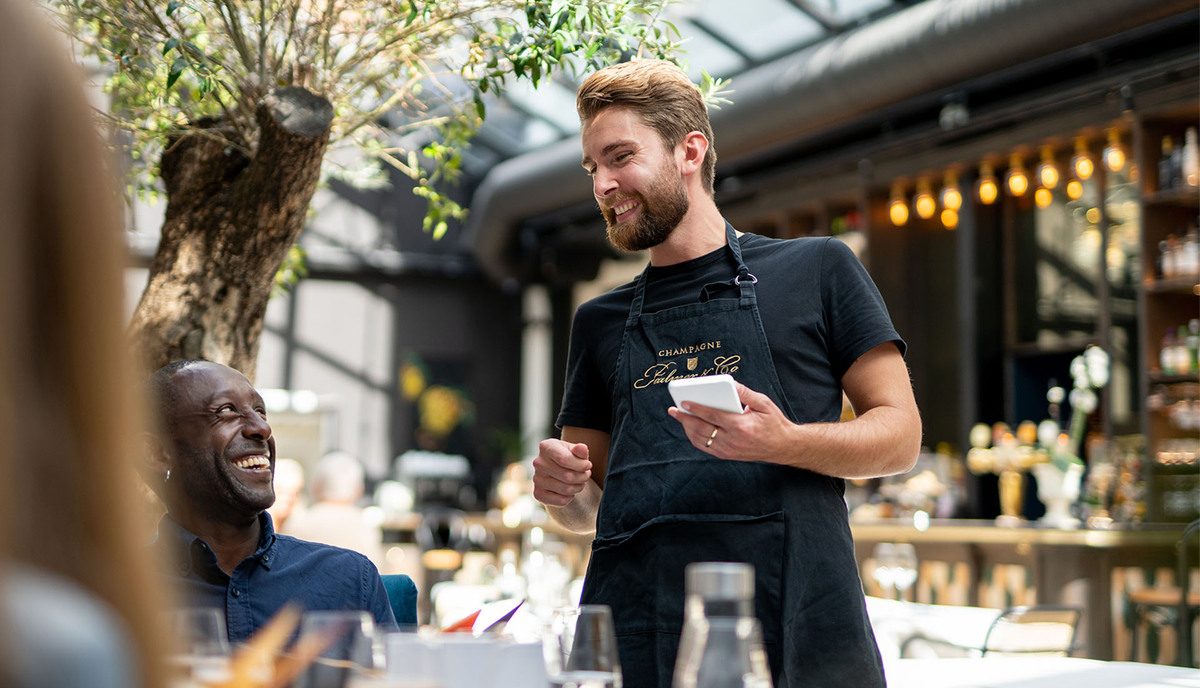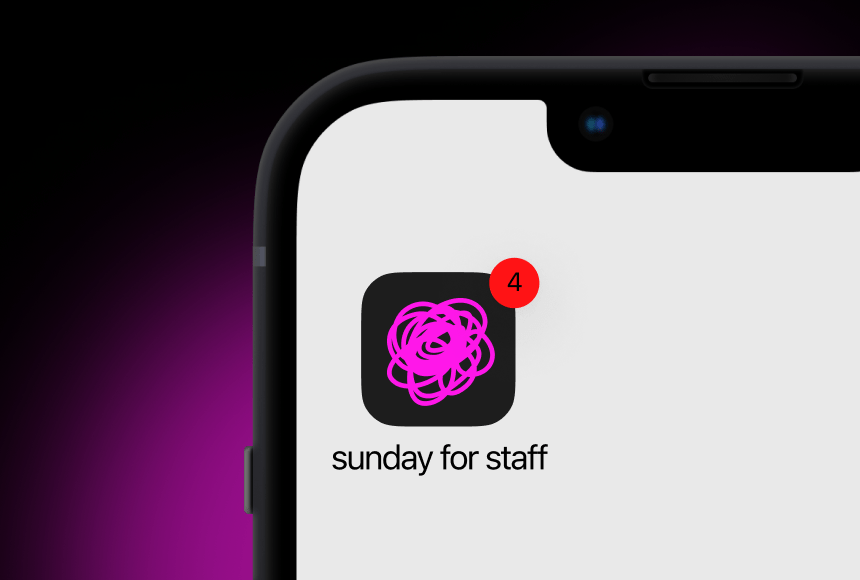
Navigating Restaurant Staff Management in 2025
Restaurants have always been built on the collective energy of passionate individuals—chefs mastering flavours in the kitchen, servers orchestrating smooth table service, and hosts providing that all-important first impression. By 2025, however, the challenges of attracting, developing, and retaining top talent have only grown more intense. Evolving diner expectations, an expanding gig economy, and technological shifts make staff management a more delicate balancing act than ever before.
Below is an in-depth look at how restaurants across the UK can adapt staff management practices to thrive in the coming years. From harnessing digital tools for scheduling and tip distribution, to building a culture of growth and collaboration, these insights can help you create a team that’s ready to shine in the fast-paced world of modern hospitality.
Understanding the 2025 Staffing Landscape
Adapting to Changing Employee Expectations
Hospitality roles can be physically demanding—late nights, weekend shifts, and a fast pace are par for the course. Yet employees today expect flexibility and personal well-being in tandem with career growth. A 2024 Caterer.com survey found that 68% of UK hospitality workers rate a healthy work-life balance as a major deciding factor in staying with an employer.
- Flexibility First
Split shifts, the potential for part-time roles, and an openness to staff-chosen rosters can ease burnout. - Workplace Satisfaction
Encouraging staff to voice scheduling preferences, providing fair tip splits, and recognising contributions foster a sense of belonging that money alone can’t buy.
Evolving Labour Markets
The recruitment pool extends far beyond local job seekers—some are students balancing classes, others come from diverse backgrounds looking to finance personal projects, and many are career professionals committed to culinary excellence. These groups bring varied skills but also distinct needs:
- High Turnover Risks
The UK’s hospitality sector historically sees above-average churn. Forward-thinking restaurant managers mitigate this by offering robust onboarding and meaningful progression paths. - Competition for Specialists
Skilled baristas, pastry chefs, or sommeliers can be especially hard to find. Restaurants that build a reputation as a supportive, growth-oriented workplace stand out to these candidates.
Building a Positive Team Culture
Emphasising Connection and Respect
Strong management in 2025 hinges on relationships rather than strict hierarchies. Chef-owners and restaurant managers realise that bridging front-of-house and back-of-house is crucial:
- Open Communication Channels
Regular huddles at the start of a shift or short debriefs after service keep staff in sync. Tech tools—like group chats or scheduling apps—can quickly share updates or highlight brilliant moments. - Zero-Tolerance for Harassment
With heightened awareness around workplace inclusivity, setting clear standards for respectful conduct is essential. Staff must trust that issues will be addressed swiftly and fairly.
Engaging Through Empowerment
When employees feel empowered to make decisions that delight guests—like offering a small amuse-bouche to fix a minor error—motivation often spikes:
- Autonomy in Roles
Waiters who can proactively resolve a diner’s complaint, or bartenders who invent new cocktails, take pride in their craft. This autonomy is particularly appealing to younger staff wanting creative input. - Skill-Sharing Workshops
Encouraging a server to learn latte art or letting a sous chef cross-train in pastry fosters personal development while boosting overall team flexibility.
Leveraging Technology for Smarter Staff Management
Digital Scheduling and Time Tracking
Gone are the days of scribbled rotas on the staff noticeboard. By 2025, an array of digital platforms offer real-time scheduling, shift-swapping, and attendance tracking. Such tools:
- Optimise Shift Planning: Managers see at-a-glance who’s best suited for busy brunches vs. quieter weekday lunches.
- Enhance Accountability: Automated time stamps reduce guesswork and potential disputes about hours worked.
- Improve Communication: Staff quickly trade shifts using in-app messaging, relieving management from daily micro-adjustments.
Streamlined Tip Collection and Distribution
For many restaurant workers, tips remain a key component of total compensation. Yet collecting and allocating these funds fairly can pose a perennial headache. Modern payment systems—like sunday, which enables diners to pay by scanning a QR code, leave tips, and even post reviews—now offer built-in structures for distributing gratuities:
- Auto-Allocation: The tool can split tips among eligible roles based on predetermined percentages, saving managers from end-of-shift arithmetic.
- Instant Transparency: Staff see exactly what was earned, preventing the confusion and occasional conflict that manual tip pools may spark.
This next-generation approach not only simplifies staff admin but also aligns with a contactless, digitally savvy audience. According to the British Hospitality Association, the percentage of diners paying by card or mobile soared to 73% in 2024—and this trend shows no sign of slowing down.
Providing Growth Opportunities and Training
Skilled Staff = Satisfied Guests
In 2025, upskilling goes beyond a mere perk—it’s an investment that can significantly reduce turnover. A well-trained team handles customer requests more deftly, innovates under pressure, and feels a deeper sense of loyalty.
- In-House Development
Regular training sessions on wine pairings, upselling techniques, or new cooking methods keep staff engaged and sharpen the restaurant’s offering. - Mentorship Programs
Pairing junior hires with seasoned colleagues helps knowledge flow seamlessly while nurturing camaraderie across all roles.
Certification and External Partnerships
Collaborations with culinary institutes or local colleges introduce fresh talent and demonstrate a commitment to professional excellence:
- Scholarships or Stages
Funding staff to attend specialised courses in pastry, mixology, or food safety invests directly in skill-building. - Guest Instructor Events
Bringing in a notable local chef or beverage expert for a day excites the team, generating fresh perspectives on menus or plating styles.
Fostering Well-Being and Work-Life Balance
Shaping Schedules That Respect Personal Lives
Exhausted staff generally don’t radiate warmth to patrons. Providing realistic shift lengths and ensuring adequate rest times can go a long way:
- Weekend Rotations
Shifting weekend responsibilities fairly across the team helps individuals maintain a semblance of traditional social time. - Health Perks
Some restaurants partner with local gyms or offer in-house yoga sessions during off-peak hours. A small gesture with meaningful impact on morale.
Burnout Prevention Through Culture
Smart scheduling must be coupled with a broader recognition of mental health:
- Check-Ins and Openness
Supervisors can schedule brief, one-on-one chats with each employee to discuss stress levels, offering solutions like shift adjustments if needed. - Encouraging Breaks
Even during hectic shifts, ensuring staff can take short, uninterrupted breaks to eat or rest fosters resilience and positivity.
Compensation and Recognition in 2025
Transparent, Competitive Pay
The rising cost of living makes fair compensation a top priority. A 2025 Hospitality UK survey showed that restaurants paying above minimum wage in all roles enjoyed a 22% lower turnover on average. Paying fairly doesn’t always have to break the bank:
- Performance-Based Bonuses
Tying bonuses to specific goals—like consistent punctuality, positive feedback mentions, or successful upselling—rewards effort without permanently raising base salaries. - Clear Roadmaps for Advancement
Outlining how a commis chef can become a sous chef, or a server can ascend to head of front-of-house, motivates staff to stay long enough to develop.
Acknowledging Great Work
Public praise can be as motivating as a pay bump:
- Team Shout-Outs
Pinning positive diner feedback on a staff board or in the team chat highlights daily wins. - Staff Spotlights
Dedicating a mini-feature on social media to a star employee—especially one who’s grown significantly in the role—also enhances the restaurant’s brand image as an employer of choice.
Encouraging Collaboration Between FOH and BOH
Understanding Each Other’s Challenges
Front-of-house staff might rush to keep guests happy, while back-of-house battles the ticking clock of simultaneous orders. Encouraging perspective-taking fosters empathy:
- Shadowing Shifts
Occasional cross-training days: a server experiences a morning in the kitchen, or a chef sees front-of-house interactions firsthand. - Joint Briefings
Before service, quick gatherings help both teams align on daily specials, potential allergens, or table layout changes.
Balanced Tip Distribution
Harsh feelings between FOH and BOH teams often arise from unfair tip policies. Leveraging digital systems, as mentioned earlier, can confirm a transparent approach:
- Role-Based Splits
Chefs, dishwashers, and porters get a set percentage, acknowledging their crucial but less visible contributions. - Real-Time Updates
When staff see allocations in near real time, suspicion about “missing” tips decreases, reinforcing a healthy team dynamic.
Adapting to Tech-Driven Guest Expectations
Embracing Contactless and Online Tools
By 2025, diners not only expect efficient service but also a smooth, digitally enhanced experience:
- QR Code Menus
Minimising physical menus reduces printing costs and supports frequent menu updates, especially for seasonal dishes. - Rapid Payment Solutions
Solutions like sunday transform the often-cumbersome bill payment step into a frictionless process. This not only raises table turnover but also gives staff back minutes that can be spent interacting with diners.
Data-Driven Decision Making
POS systems and reservation software can provide insights that were once guesswork—such as peak hours, average spend, or popular orders. Smart managers use these metrics to:
- Schedule Staff
Deploying extra servers for Friday nights or rotating the bar staff effectively ensures no one is under- or overworked. - Train for Efficiency
Identifying bottlenecks—for instance, frequent delays on certain dishes—pinpoints where staff training or revised workflows could help.
Planning for Future Expansion or Change
Scaling Workforce Strategy
As a restaurant’s reputation grows—perhaps opening a second branch or shifting focus to catering—the workforce strategy must evolve. Team members who excel at one location can mentor new recruits at another, ensuring consistent standards.
- Centralised Training Modules
Short video courses or digital handbooks unify best practices across multiple sites, offering standard references for new staff. - Succession Planning
Grooming internal candidates to step into supervisory roles reduces the risk of external hires clashing with an established culture.
Flexible Business Models
Some restaurants adopt pop-up concepts or satellite kitchens for home-delivery demand. Managing a mobile staff—for instance, a rotating shift covering events—requires up-to-date scheduling apps and clarity on pay differentials for off-site work.
- On-Demand Workforce
Partnering with a pool of trained freelancers or part-time staff who can jump in during festivals or high-traffic periods can ease pressure on core full-time employees. - Consistent Culture
Even gig workers need a mini-onboarding process to understand the restaurant’s brand values, tipping policies, and customer service standards.
Opening the Door to 2025 and Beyond
As the UK’s restaurant scene heads into 2025, managing staff has become more nuanced than ever. Yet the fundamentals remain surprisingly straightforward: treat people well, recognise their achievements, invest in their growth, and provide the digital tools that simplify their work. Streamlined payment solutions such as sunday help prevent end-of-shift chaos, while training initiatives and robust communication nurture the loyalty that every restaurateur craves.
Ultimately, a restaurant that takes staff management seriously reaps the benefits in heightened efficiency, better customer experiences, and a more harmonious atmosphere. In a competitive industry—where top talent can always seek a new home—those who craft a workplace of respect, excitement, and fair rewards will stand out. By anticipating the trends shaping hospitality and embracing meaningful innovations, any restaurant can become not just a place to dine but a place where employees truly want to grow, serve, and succeed.
Find out more today
Drop us your details below and we’ll reach out within the next 24
Get to know your team.
Gather insightful data about your staff in real-time.




